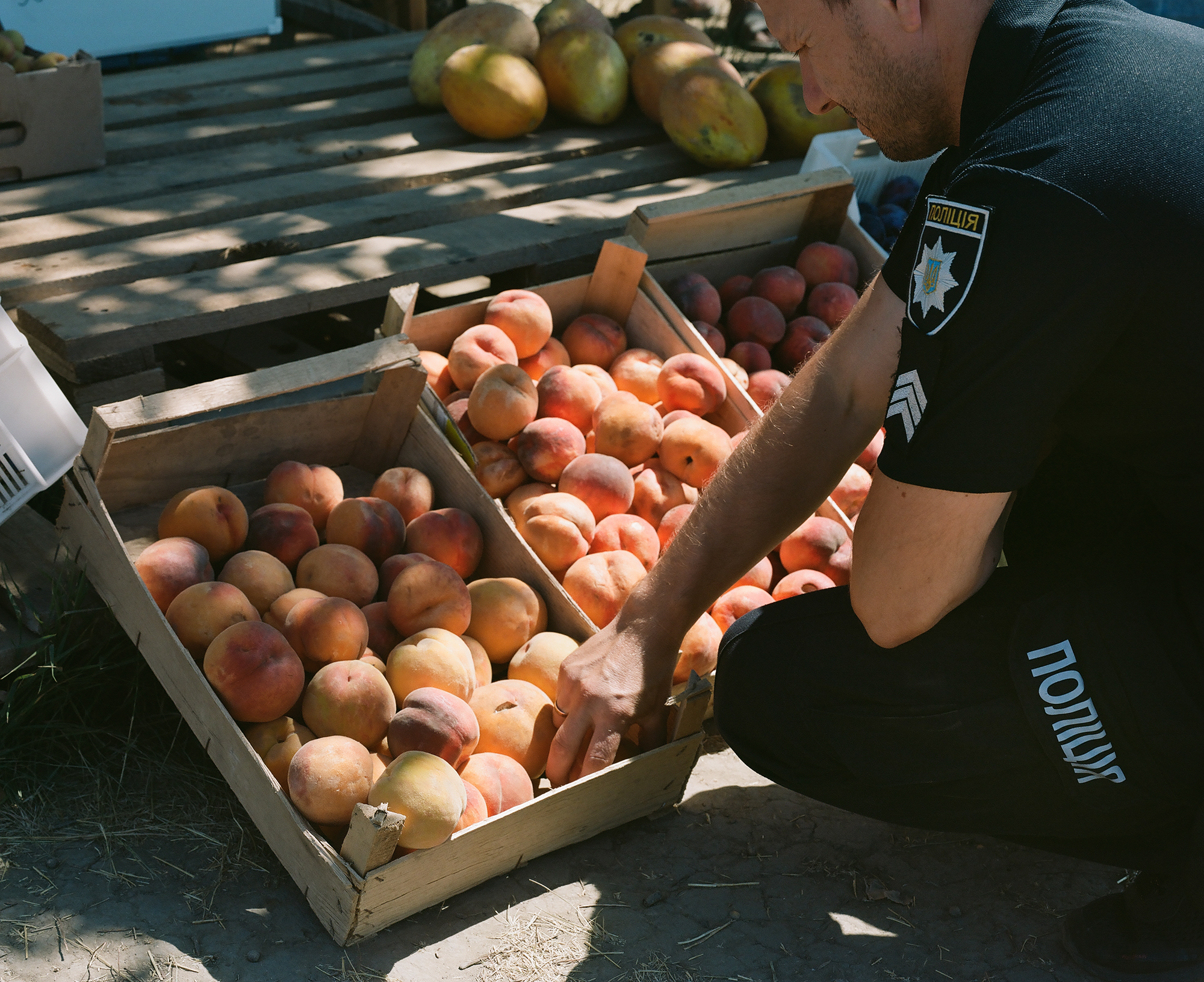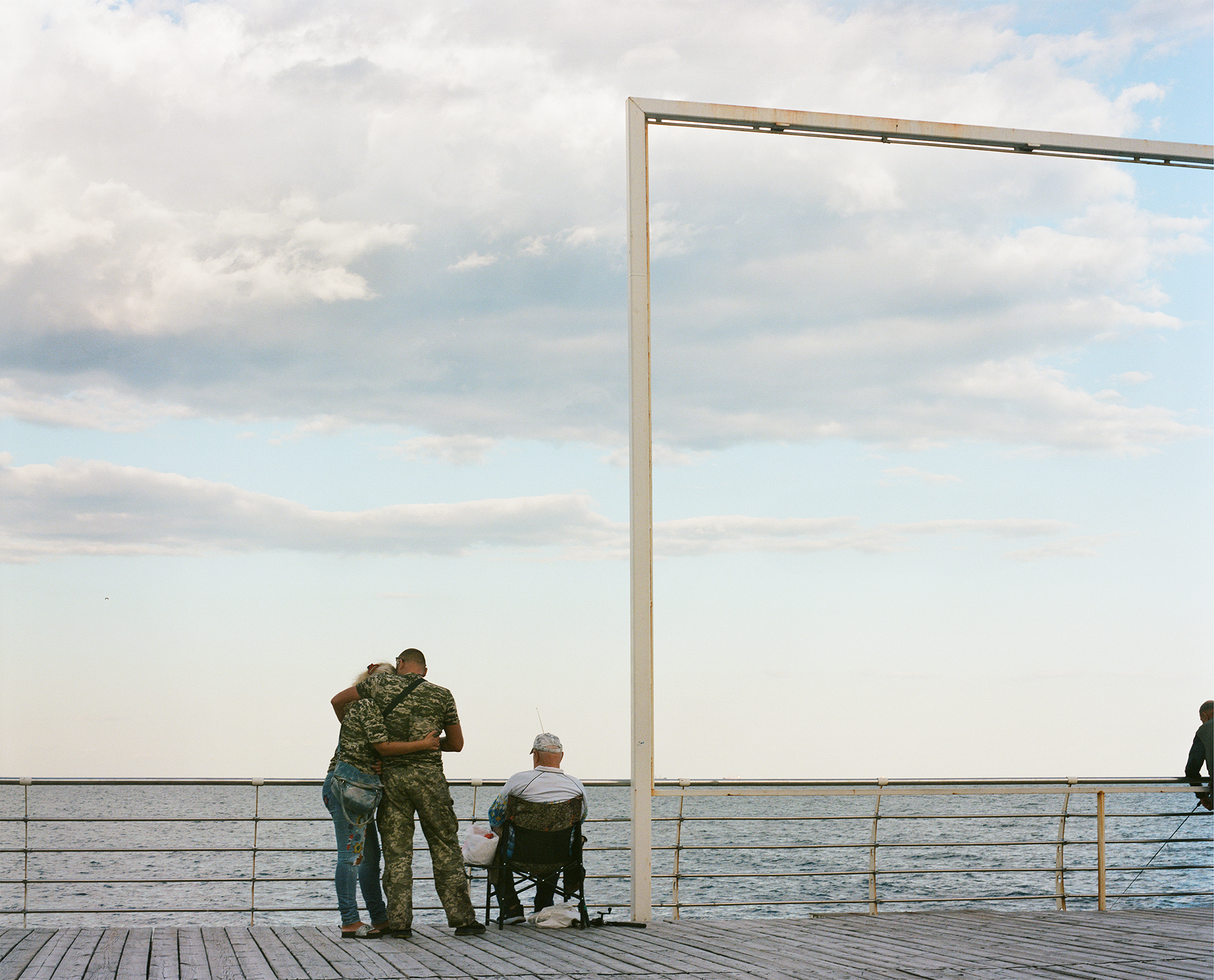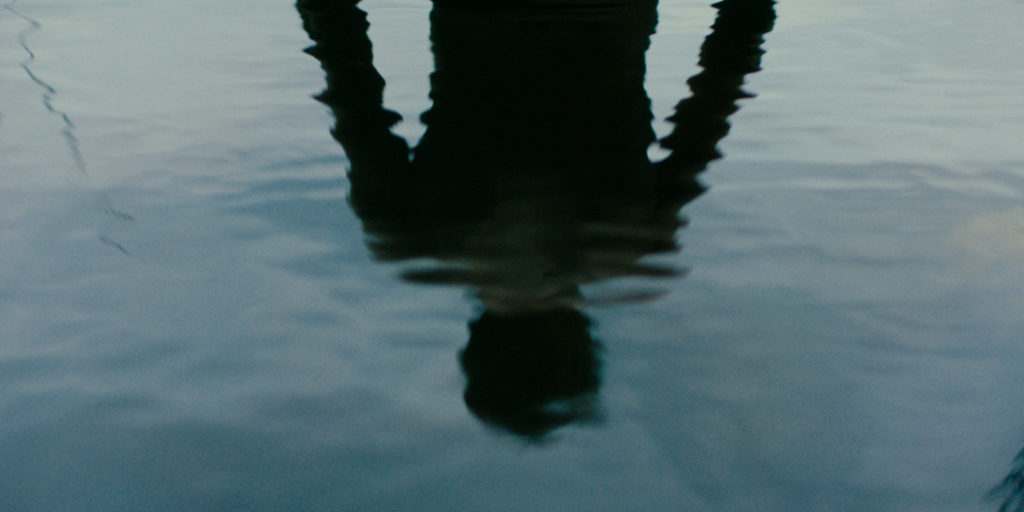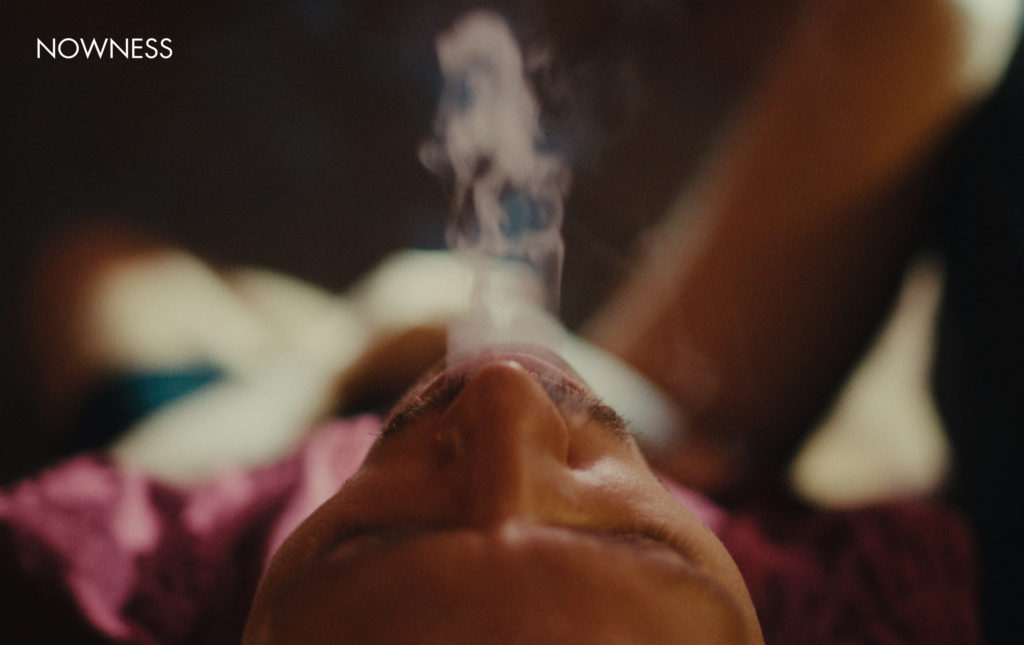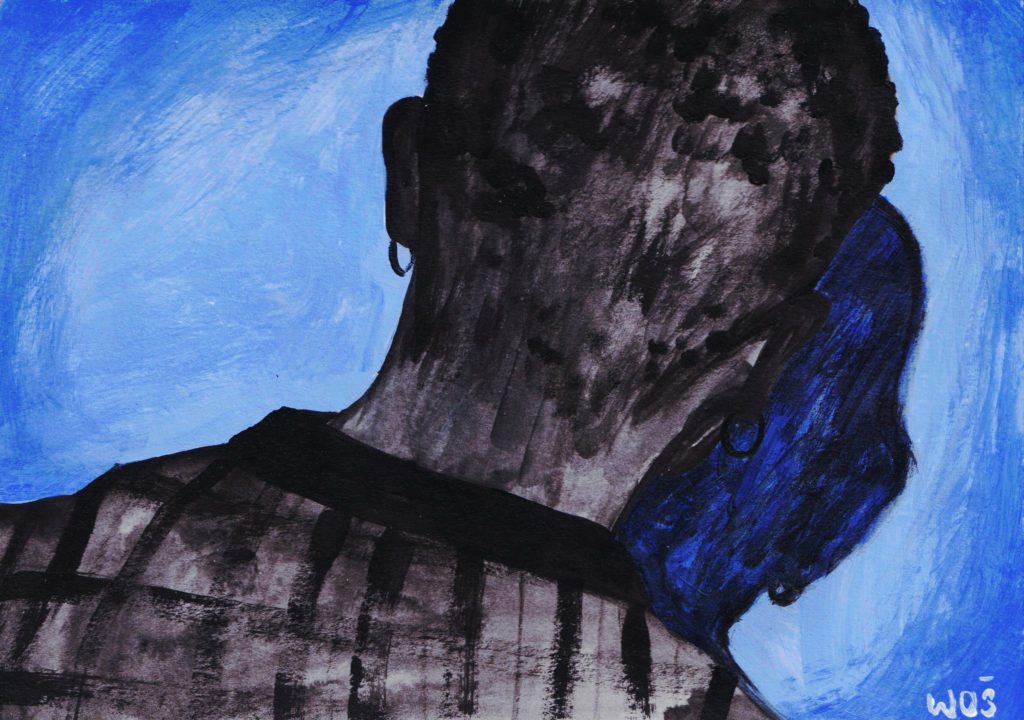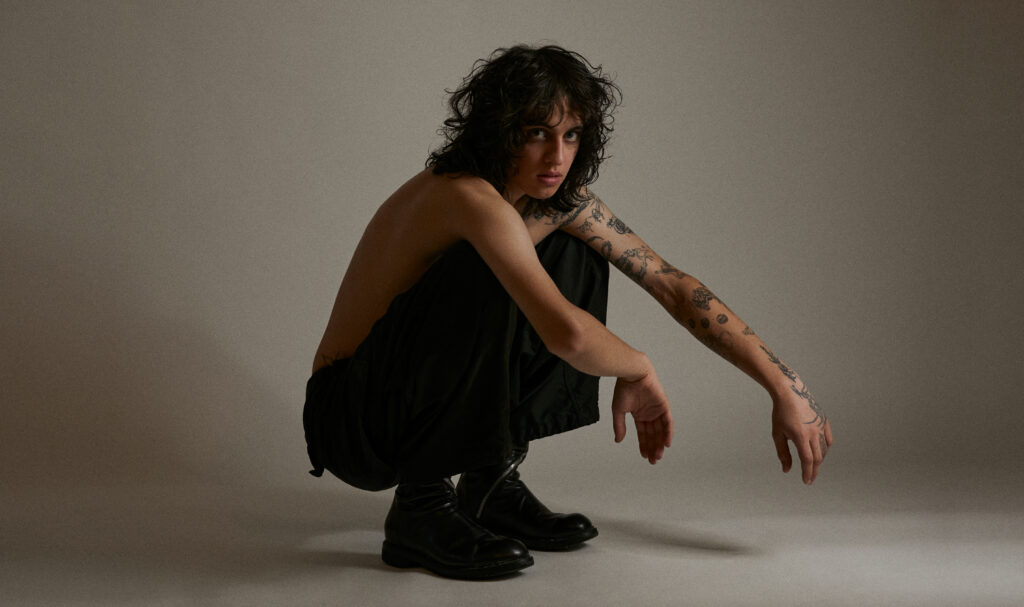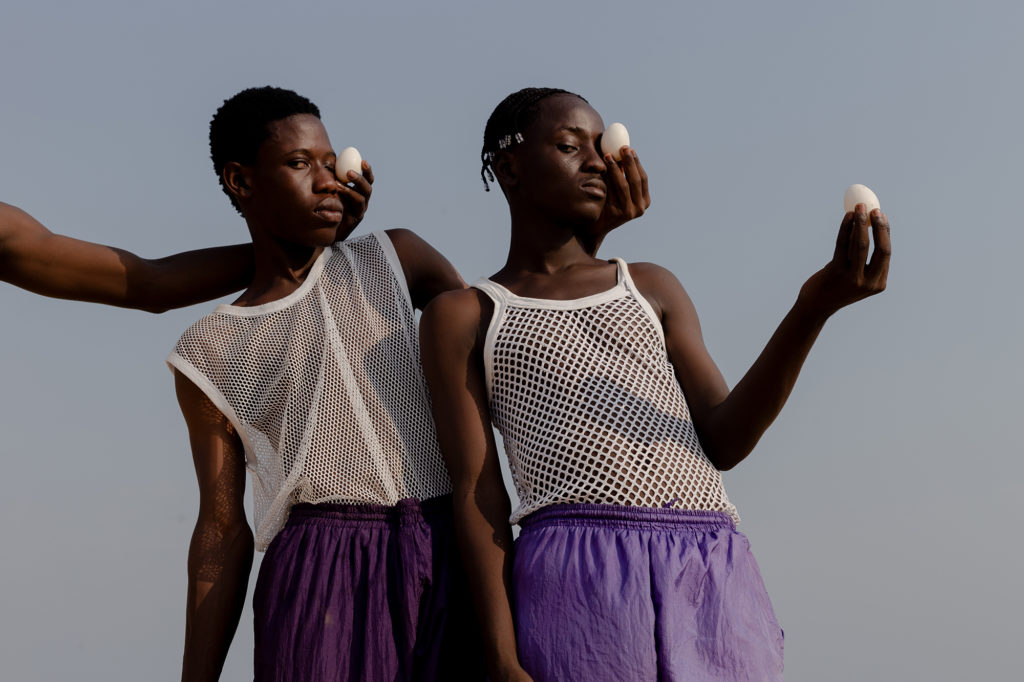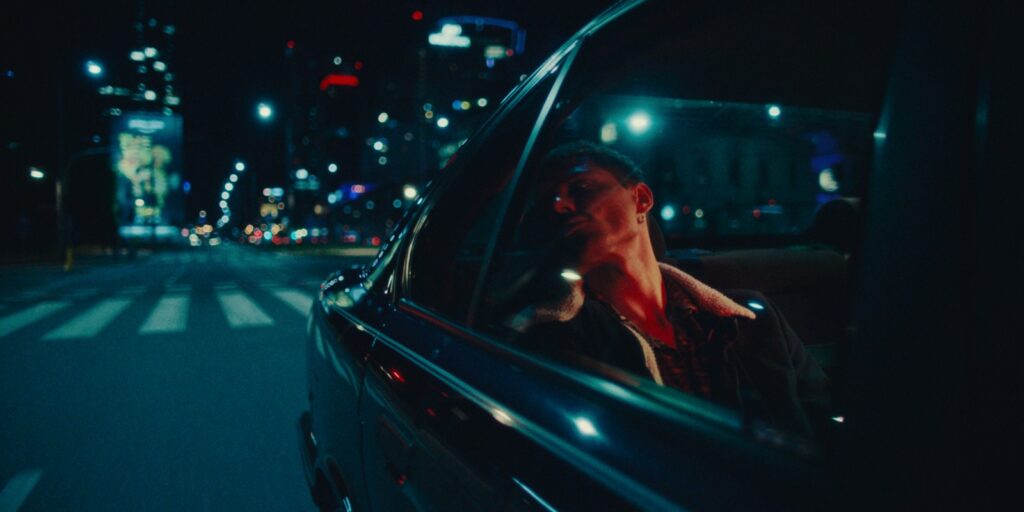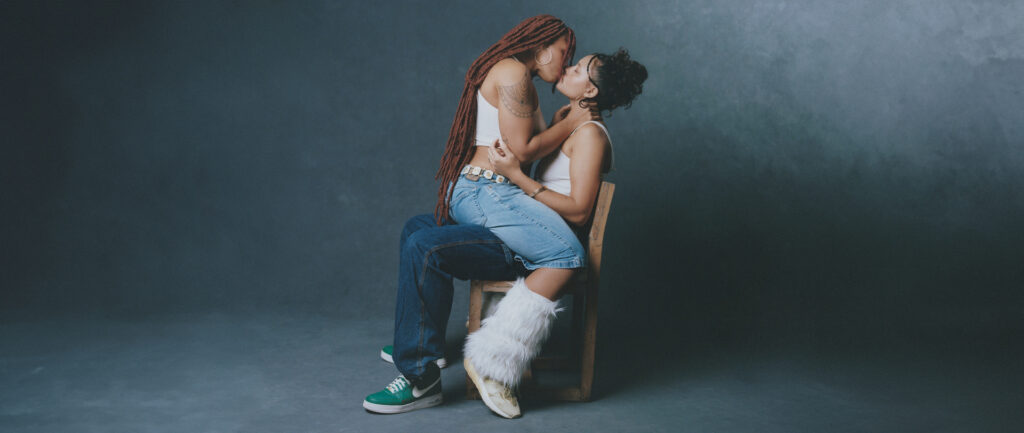Ira Lupu: Documenting Homeland Under Attack
Artist Ira Lupu
Words Javier Zamora-Kalazich
February 24th 2022 found Ira Lupu on the couch of her apartment in New York and flipped her world upside down. Russia started a military invasion in Ukraine and the story unfolds up to these days in a brutal conflict that accumulates more than 300.000 deaths. Since the invasion, the Ukrainian photographer has devoted her energy to promote her country around the world and to give visibility to the conflict seeking for more support for the Ukrainian resistance.
Ira has visited Ukraine a few times since the invasion. To bring support but also to document these days that has shifted the story of a nation. Time of the Phoenix is a photo series that collects these documentary memories. In conversation with Container Love, the photographer opens up about the implications of the war in her life and career, the decision behind going to Ukraine under attack, and the ways that society has come together to protect their country, including having queer military units.


Only a few hours after the first strikes on February 24th 2022 you started reaching out to different people to organize ways to find support for Ukraine. That continues more than a year after, how has this journey been for you?
Doing all this feels somehow like a biological need. However, no matter how much you could do, I can’t help but thinking is not enough, especially being abroad. Yesterday, I fell asleep to the messages of friends in Ukraine telling me about the loudest drone attack while the news reported about 20+ civilians massacred in a targeted attack on Kherson. You just can’t be going about your privileged foreign life when all of that is happening at home, everyday.
Apart from all the exhibitions and fundraisers we did for the past 14 months around the world, I’m also trying to continue my photographic work documenting these times. Last November, I joined the Cultural Descent (Kulturniy Desant) on their trip to the liberated towns of the Kharkiv region in Ukraine. It is a mission of comedians, TV personas, and famous pop-singers -some of them officially enrolled in the military- who visit the frontline and towns in the recently liberated war zones to lift the spirits of the servicemen and the Russian occupation survivors. Still, it does not feel like ‘doing enough’.
But you have been also documenting this time of history, does it not feel a part of contributing?
It does, but up to a certain extent. It’s interesting how many Ukrainians that I know, even the most artsy types, have had to rethink the role of documentary photography. It’s still one of the best -yet not perfect- ways to communicate what is happening to us with the world. I photographed a lot in the summer.
Tomorrow we are wrapping up in NYC Ukrainian Perspectives: Photography from the 1940s—Now, a big exhibition, auction and programming event that I worked on together with Fred Ritchin, Magnum Photos and American-Ukrainian grassroots charity initiative, Spilka. It is a huge project that required around six months of hard work of dozens of people, mainly volunteers. But again, it still doesn’t feel like this was enough. War is a very ‘material thing’ in many ways, and you can’t help but assess the impact accordingly. How much money did we raise? How many individual medical kits can be bought with that? The answer is always unsatisfactory. Volunteering is vital, but at times I can’t help but think that enrolling to the army is nearly the only truly effective way to resist Russian aggression.
Your last visit to Ukraine before the invasion was during October 2021. How do you recall going back under a completely different context in April 2022?
It was traumatizing. I went only for three days to the funeral of my grandmother. It was a highly agitated time in Odesa region, normally a jolly and laid-back place to be. The bridge I had to cross to get there got shelled twice only days before my arrival. The spring was in full bloom, my favorite time to be in my hometown, but everyone was expecting a major Russian assault.
Empty streets, military checkpoints, air raid alerts going off. Advertising boards were replaced with war messages like ‘Russian warship go fuck yourselves’ and you could hear the air-defense explosions regularly. The beaches where I spent the most serene of my years were mined. My Odesa apartment, without my grandma in it, felt suffocatingly empty as well.

After that experience in the first visit, you decided to go back in July 2022. What triggered that decision?
I left in a very weird emotional place. I started having a strong urge to come back. I have spent most of my life in Ukraine and our towns were being bombed and our people massacred. My friends that never thought of joining the military were now fighting, at risk of dying every second. There was a lot to process and a lot to ‘get used to’.
Even though I’ve been living in NYC since 2019, I felt the need to be in Ukraine at this moment. I took the camera and films with me not knowing if I was going to photograph at all. I was also quite scared to go. But the moment I crossed the Ukrainian-Romanian border, I experienced an unexpected full-on catharsis. In the first ten minutes on the Bessarabian soil, I finished three films. I realized how much I missed my home and how happy and relieved I was to be back. That was the beginning of Time of The Phoenix.
Besides the obvious connection, what have been the challenges as a photographer in this photo series?
Since the invasion started I was thinking a lot about the limitations of a visual vocabulary of the war. Not everything happening during the war is visual. I think many of my pictures will need context to be understood. Without it, some of my photos can look like an everyday moment or be interpreted as something completely different but when you commit to digging deeper into the project as a spectator, these captions might open up to several stories, emotions, and a moment in history. For me, a solution is to include more mixed-media elements, for example I’ve been recording sounds and keeping voice messages from my friends.
Is the Time of Phoenix also a reflection of your personal experience then?
Working on Time of Phoenix has made me realize that the ongoing Russian aggression in Ukraine is like a prism through which many of my life’s chapters come together. The Soviets sent my great-grandfather to a labor camp where he spent almost two decades and never recovered from the experience both physically and psychologically. In 2009, my close friend was killed for his pro-Ukrainian activism ordered by pro-russian mafia figures. I used to date a Russian guy for years and our story coincided with the beginning of the Russian invasion of Donbas in 2014, so the relationship was always in the shadow of the Russian war. And now my whole family, including my little nieces, are refugees. There is a trace of Russian aggression everywhere, even in my new locks of gray hair.

In the past, you did photo series like Ukrainian Drag Queens (2017) and On Dreams and Screens (2019), about webcam girls. Your work has shown different sides of Ukrainian society, where do you see these communities today?
When I look back to all the projects I have done in Ukraine and I see the current reality, I imagine how things have changed for everyone. Thousands of Ukrainian women are in the army right now, not just like nurses, or in other roles traditionally attributed to female gender, but also fighting on the frontline.
People I knew from circles of sex workers activism are today part of the bravest paramedics. The LGBTQIA+ community members are fighting on the frontline as well, and their visibility is increasing, while the war creates new opportunities for their dialogue with ultraconservative layers of Ukrainian society.
Do you think that Ukrainian society now has a different approach towards the role of women, marginalized groups, and queer communities because of the war?
I am not the one to represent all the experiences but from what I see, we are all in this together. There are still many things that Ukrainian society can do better, but fighting for a greater cause shoulder-to-shoulder just makes things different. Somehow the military dynamic demands strict respect for each other as equals. Many open LGBTQIA+ people are proudly fighting to defend our country, there is even a military patch for queer servicemen. Kyiv Pride has been actively raising money for the cause. Also, since Russia is an openly anti-queer and transphobic state, many people in Ukraine now advocate that being anti-queer and transphobic is “the Russian way” and obviously no one wants to be perceived like that.
Is this ‘respect as equals’ something you see staying in Ukraine society?
I am interested to see how this will continue once the war is over. The Ukrainian people pay a high toll in this war, so their tolerance towards all sorts of injustices is at its historical low. On the other hand, despite still not being perfect, the Ukrainian government is at its historical high of being attentive and responsive to the nation’s opinions. I might be wrong, but I see that rape incidents, attacks on queers, and other sorts of hate crimes getting more traction and attention than ever. The overall understanding of human rights and freedoms is not as great as I’d want it to be, but civil society is definitely getting stronger.
This interview with Ira Luou is part of our special The Hidden Dimension, celebrating queer identities in all their beauty. Check out the cinematic portrait of Warsaw-based photographer and visual artist Leo Maki on Nowness.

